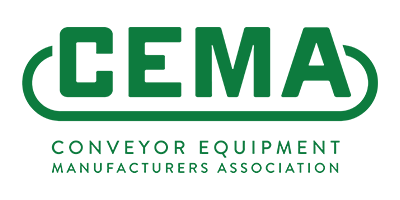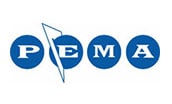Product Leakage from Bucket Elevator Boot Section
Download PDFQuestion
We are using a chain bucket elevator to convey a powder that is very fine at -325 mesh and at an elevated temperature of approximately 450-degrees F. Our dust collector pulls a negative pressure on the elevator but we still leak material out of the tail shaft. The boot section is tensioned by a gravity take-up and there is a graphite/felt seal sheet that moves with the tail shaft.
Over time, this seal elongates with movement and that’s when the material starts to leak. My question is twofold. Would it be detrimental to the life of the elevator if I switched to a lock down style take-up to eliminate the movement? If so, is there a new seal design that has solved this age-old problem?
Answer
Your questions are very valid. Leakage at the tail shaft of a bucket elevator is very common when handling very fine bulk materials at high temperatures. As you described, the take-up has a sliding seal arrangement to allow for thermal expansion and chain stretch. Locking down the take-up will put undue stresses and forces on the chain and shafts of the elevator, causing premature failure and therefore, is not recommended. Modifying the take-up or the seal would be a much better solution.
Since you have an internal gravity take-up in the elevator, the take-up can be modified or redesigned with sleeve-type bearings that are internal to the boot section of the bucket elevator. These sleeve bearings are very common and are typically a cast material that is very hard and tough.
In this case, the tail shaft needs to be hardened in the bearing area to match the bearing. This design is used in thousands of industrial applications including the cement and minerals processing industries. The boot section will be totally enclosed with no tail shaft projections through the side walls. The leakage will be totally eliminated with this design.
A second option is to use a take-up on the head section of the bucket elevator. The head shaft can be designed to adjust vertically to take up thermal expansion and chain slack. The tail shaft would be fixed and have packing gland seals to prevent product leakage. This modification would be more costly and time consuming than modifying the internal gravity take-up.
The most cost effective option for minimizing product leakage at the boot section is to use seal materials that are better suited for the application. There are new seal designs on the market, but most do not function well at high temperatures. However, high temperature seal materials are available that can withstand temperatures well over 450-degrees F.
Most of these materials are ceramic fibers and can be woven for rope packing for packing gland seals. In your application, a packing gland seal utilizing high temperature rope packing would be the most economical replacement for the graphite/felt seals. The packing gland seal has been around for a hundred years, but is still probably the best option for your application.





